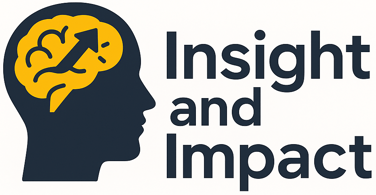Smarter Data for Safer Roads
Every year in the UK, road accidents result in over 150,000 casualties—including nearly 30,000 people who are killed or seriously injured.
Our research uncovered critical flaws in traditional accident reporting, including how police officers' assumptions about crash causes can unintentionally bias the data they collect. In response, we developed an innovative mobile reporting system that enables police to record accurate, real-time data directly at the scene.
Now adopted by over 20 police forces across England, Wales, and Scotland, this system has revolutionised national road traffic accident reporting. It not only reduces police administrative costs but also delivers more reliable data to key bodies such as the Department for Transport and Transport Scotland—providing a stronger foundation for evidence-based road safety policy.
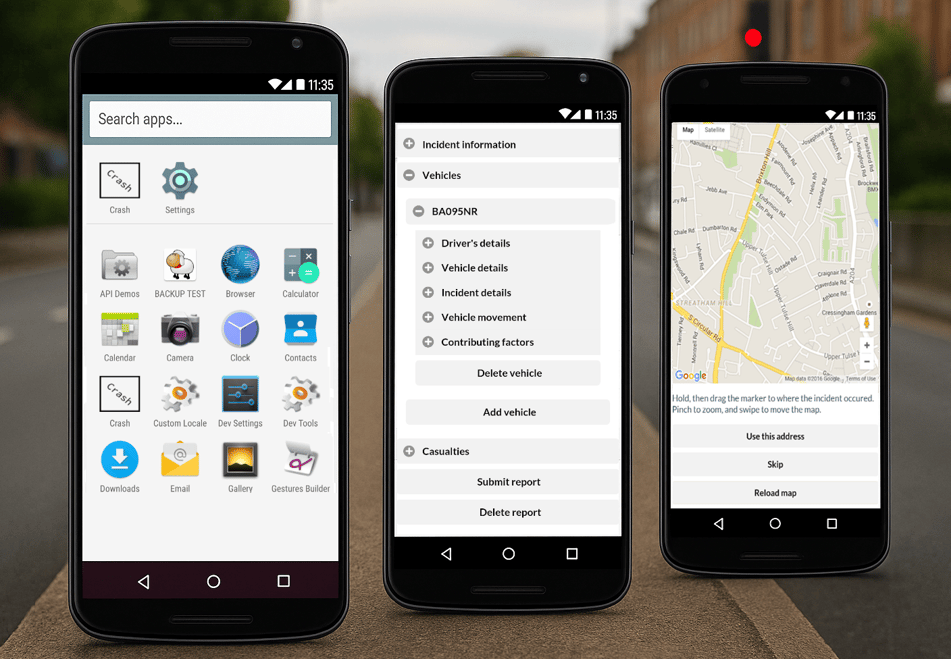

Transforming Road Accident Reporting: A Smarter, Faster Approach
Accident-related policing costs in Great Britain approach £236 million annually, with a significant portion tied to inefficient data collection methods. Traditionally, officers record road accident details using static paper forms—a process that is labour-intensive, time-consuming, and prone to error. These errors often stem from incomplete documentation, misreporting of accident details, and mistakes during data processing.
To address these challenges, we developed a fully functioning prototype mobile and web-based application that enables real-time, on-scene accident reporting. The app replaces outdated practices with an intuitive, modular interface, allowing officers to build incident reports by adding components such as vehicles and casualties directly into the system.

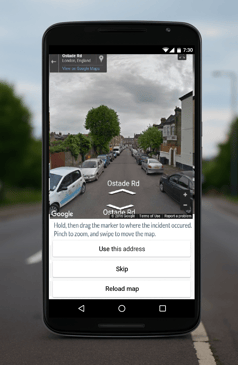
Precise Location Reporting with Google Maps Integration
One major improvement over the traditional system is the accuracy of incident location reporting. Previously, paper forms required officers to write a description of the accident’s location—an approach often lacking precision.
Our app incorporates Google Maps functionality, allowing users to pinpoint the exact scene of an incident by selecting a location on an interactive map. Officers can zoom in or out to adjust the level of precision, and they can also take and store photographs of the scene directly within the app. This greatly enhances both the speed and accuracy of location reporting while ensuring that all incident-related data is stored securely in a single, accessible location.
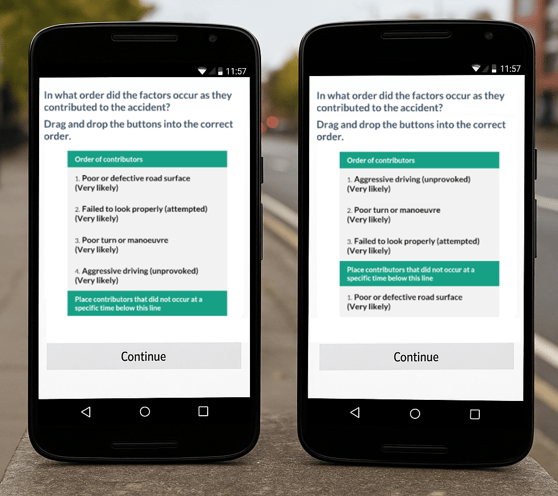

Uncovering Root Causes with Branching Logic
Another key innovation of the app is its method for identifying the root causes of road accidents. Traditional forms often cite broad categories such as "failure to look properly" without further elaboration. Our research identified that this particular behaviour—although commonly recorded—can stem from a variety of distinct cognitive causes.
To address this, we developed a dynamic branching logic system within the app. When an officer records a general behaviour like "failure to look properly," the app automatically generates follow-up questions tailored to the context of that specific incident. For instance, one driver’s failure to observe may result from inexperience, while another may have attempted to look but was unable to react in time due to visual or physical impairments.
This approach allows for a more nuanced understanding of driver behaviour and accident causation. Such insight is critical for designing targeted road safety initiatives. Current campaigns, such as the DfT's “Think!” initiative, effectively raise awareness about inexperience and inattention. However, causes linked to physical or visual impairments demand a different set of interventions, such as campaigns focused on identifying and managing driver impairments. By capturing the specific cognitive or physical causes behind reported behaviours, our branching logic framework equips both police and policymakers with a deeper, more accurate understanding of road safety issues—leading to more effective, data-driven decisions.
Using Hierarchical Clustering to Improve Accident Reporting Practices
Driver behaviour is the leading cause of road traffic accidents. While road safety can be improved through various measures—such as enhancing infrastructure—the fact remains that many driver-related factors, such as temporary distraction or exceeding the speed limit, are preventable. This highlights the importance of collecting reliable data on crash contributors to better inform road safety policies and public safety initiatives.
Police reports serve as a critical source of data on the contributing factors to road traffic collisions. However, researchers have raised concerns about the quality and reliability of this data—particularly regarding how contributory factors are reported. These concerns suggest that police reports may sometimes present a misleading account of crash causation. To address this, we gathered and analysed data from 162 police officers to understand their perceptions of current reporting practices and identify ways to improve the accuracy and reliability of contributory factor reporting.
In the United Kingdom, attending police officers are responsible for identifying and reporting the factors they believe contributed to a crash. Officers do this by selecting from a predefined list of potential contributing factors, which are grouped into broader categories—such as road environment or driver impairment. These categories are intended to guide the officers in making appropriate selections.
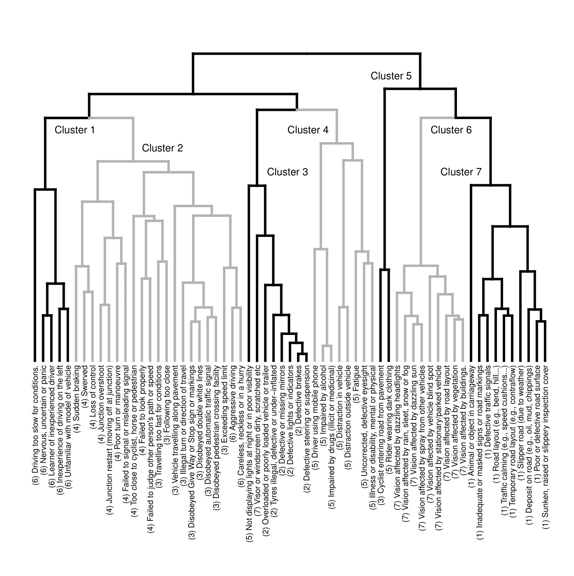

However, discrepancies between the formal classification system and officers’ intuitive understanding of these categories can lead to confusion and, consequently, to misreporting. To address this issue, we applied hierarchical clustering analysis to develop a revised, data-driven classification system grounded in police officers’ actual perceptions. This analysis produced a more coherent and intuitive structure that aligned more closely with how officers naturally group and interpret contributory factors.
The project not only produced a refined classification system but also provided valuable insight into police officers’ views on crash causation. Importantly, it demonstrated how statistical methods such as hierarchical clustering can play a crucial role in improving the design of road traffic collision report forms, thereby enhancing the quality of data that informs national road safety strategies.
Developed with Policymakers and Officers in Mind
The development of the app was guided by a mixed-methods research approach. We conducted focus groups and interviews with police officers to understand their workflows and operational needs. In parallel, we performed statistical analyses of national road accident data spanning several years to identify recurring reporting issues and inefficiencies.
The result is an app that significantly reduces the time officers spend reporting accidents, as well as the time required for processing data for use by national bodies such as the Department for Transport (DfT). Moreover, the electronic format minimises the delay between accident reporting and the availability of data for statistical analysis, enabling faster and more informed responses to changes in road accident trends.
From Prototype to National Impact
The prototype, along with a supporting technical report and a series of research articles, was used to secure internal DfT funding to develop a fully functional national application. This led directly to the creation of CRaSH 7, a cloud-based system modelled on the prototype design. CRaSH 7 has now replaced legacy paper-based reporting methods across the UK, delivering a modern and efficient solution for police and policymakers alike.
References
Rolison, J. (2020). Identifying the causes of road traffic collisions: Using police officers’ expertise to improve the reporting of contributory factors data. Accident Analysis and Prevention, 135, 105390-105390. http://repository.essex.ac.uk/26135/
Rolison, J. J., & Moutari, S. (27th April 2016). The development of a new road accident reporting system. A report provided to the UK Department for Transport. URL: https://doi.org/10.17605/OSF.IO/GQWAH
Rolison, J. J., Regev, S., Moutari, S., & Feeney, A. (2018). What are the factors that contribute to road accidents? An assessment of law enforcement views, ordinary drivers’ opinions, and road accident records. Accident Analysis and Prevention, 115, 11-24. https://repository.essex.ac.uk/21665/
Insight and Impact
Transforming research into actionable solutions.
Email: jonathan.rolison@outlook.com
© 2025. All rights reserved.
Contact
